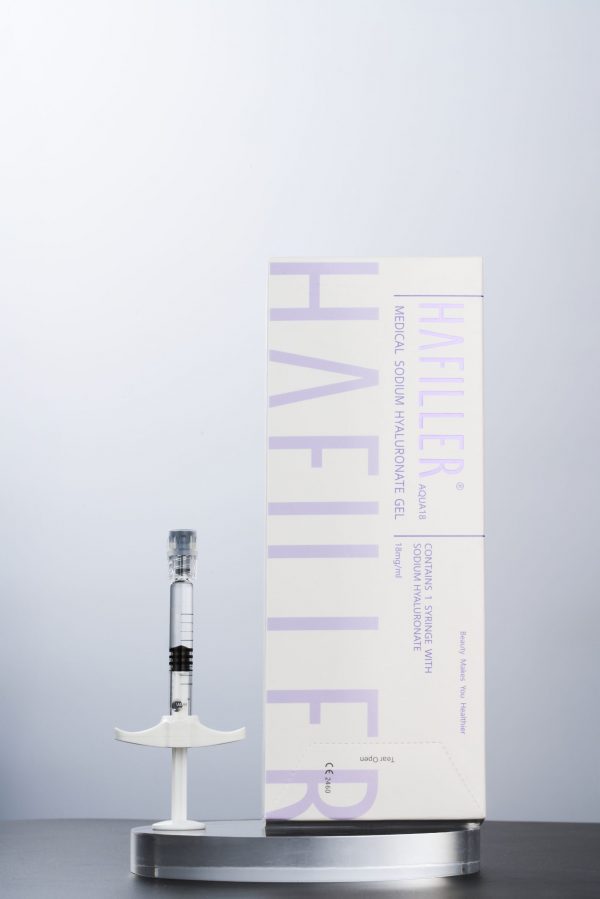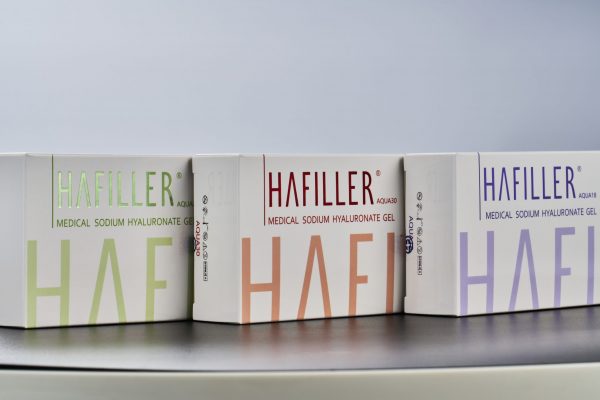As a writer, I am excited to delve into the fascinating world of ophthalmic solutions and explore the formulation of sodium hyaluronate ophthalmic solution. This article aims to provide an in-depth analysis of this industry trend and shed light on its significance in the field.
The Importance of Formulating Sodium Hyaluronate Ophthalmic Solution
Sodium hyaluronate is a naturally occurring substance found in various tissues throughout the body, including the eyes. Its unique properties make it an ideal ingredient for ophthalmic solutions. The formulation of sodium hyaluronate ophthalmic solution plays a crucial role in providing relief for dry eyes, improving ocular lubrication, and promoting corneal healing.
This innovative solution acts as a protective barrier on the surface of the eye, preventing moisture loss and reducing friction between eyelids and cornea. By mimicking natural tears’ composition, it enhances tear film stability and alleviates discomfort associated with dry eye syndrome.
Hafiller: A Breakthrough Innovation

In recent years, Hafiller has emerged as one of the most promising advancements in sodium hyaluronate-based formulations. It combines high molecular weight sodium hyaluronate with cross-linked structures to create a gel-like consistency that offers prolonged lubrication effects.
Hafiller’s unique formula provides enhanced viscosity compared to traditional solutions while maintaining excellent biocompatibility with ocular tissues. This breakthrough innovation ensures longer-lasting relief for patients suffering from severe dry eye symptoms or undergoing certain surgical procedures that require extended protection and hydration.
Medical Sodium Hyaluronate Gel: Expanding Applications
Beyond ophthalmology, medical sodium hyaluronate gel has found applications in various medical fields. Its exceptional viscoelastic properties make it an invaluable tool in ophthalmic surgeries, such as cataract extraction and intraocular lens implantation.
Furthermore, this gel has shown promising results in the treatment of joint disorders, particularly osteoarthritis. By injecting medical sodium hyaluronate gel into affected joints, patients experience reduced pain and improved mobility due to its lubricating and shock-absorbing capabilities.
Conclusion
The formulation of sodium hyaluronate ophthalmic solution represents a significant industry trend that addresses the growing need for effective dry eye treatments. Innovations like Hafiller have revolutionized the field by providing extended relief and improving patient outcomes.
Beyond ophthalmology, medical sodium hyaluronate gel’s versatility opens doors for further advancements across different medical disciplines. As researchers continue to explore its potential applications, we can expect even more breakthroughs in the future.
In conclusion, understanding the formulation of sodium hyaluronate ophthalmic solution is crucial for healthcare professionals and patients alike. This knowledge empowers data-driven decisions regarding treatment options and ensures optimal care for individuals suffering from ocular conditions or joint disorders.

